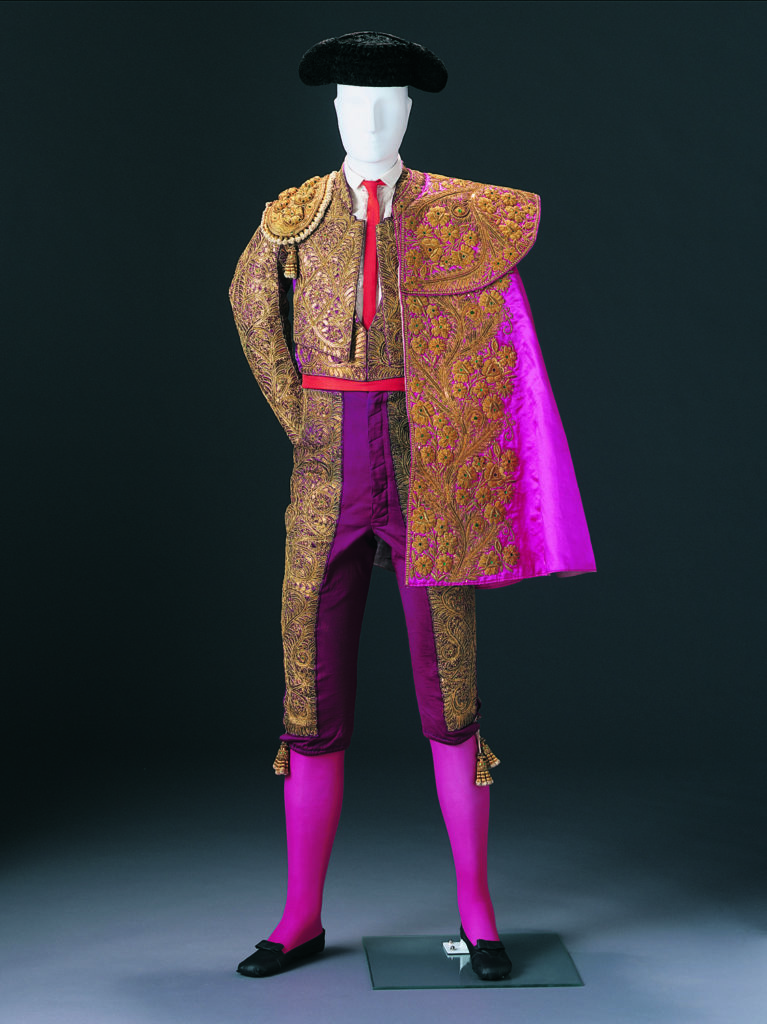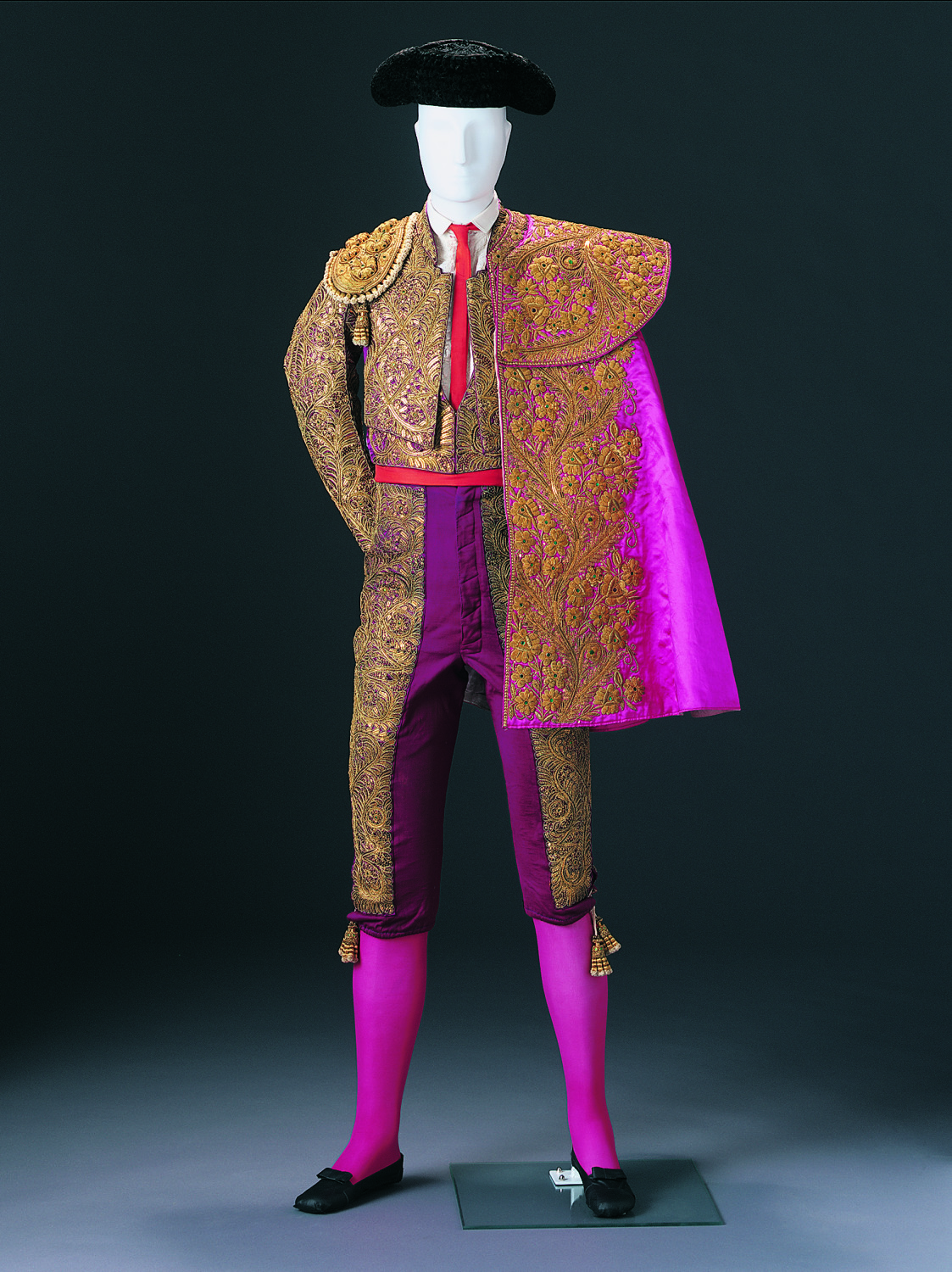The History of el Traje de Luces

Sep, 02, 2021
Art
The History of el Traje de Luces
With its glittering gold details, el traje de luces, or a “suit of lights,” is a fashion ensemble so steeped in history that it is still made using traditional techniques. These extravagant and elaborate suits worn by toreros, or bullfighters, in Spain are often completely handmade, with up to 50 people working on one ensemble for up to several months, requiring many fittings to perfectly tailor the costume. Designers today continue to embellish these designs by hand, whether by embroidering flowers or add beading, threadwork, and gold detailing in traditional or unique patterns. Up to 12 miles of gold thread can be embroidered into a single suit. This handwork is especially challenging as designers must push their needle through seven layers of fabric, used to protect the torero. In fact, it isn’t uncommon for several needles to break during the sewing process or for the designers to injure themselves.
The torero’s suit is influenced by traditional attire worn by members of the lower classes in Spanish society. As early as the 18th century, each small town in Spain was home to toreros, who were treated like royalty and were dressed in gold to denote their status. Their ensembles were originally adorned with galos de platas, a design similar to military badges worn by nobles of the time. The design of these suits, however, shifted when Spanish painter Francisco de Goya created bullfighting-inspired works that melded the suit design with styles of French royals. The uniform continued to change into the 19th century, as the jacket was cut to the ribcage and silver was used to separate bullfighters of a lower ranking from those who wore gold and were considered elite fighters. This golden hue and the gold beading that glittered in the sun, evident in this example from the PhxArt Collection, is how the design got its name, el traje de luces, or “suit of lights.”
Historically, creating bullfighter attire was a family business, passed down from generation to generation. Now, however, there are very few designers left in Spain that are exclusively devoted to designing and manufacturing these ensembles. Although the Spanish tradition of bullfighting is today deemed controversial, the clothing of bullfighters remains instantly recognizable and continues to influence the world of haute couture, as evidenced in various garment created by the likes of Giorgio Armani, Ralph Lauren, Dolce and Gabbana, and others.
Unknown, Parade cape (capote de paseo) of pink satin with heavy gold embroidery (Capote de paseo de satén rosa con pesados bordados de oro), 1950s. Silk satin, cotton, metal thread and metal sequins. Gift of Mrs. Denison Kitchel.
Categories
What can we help you find?
Need further assistance?
Please call Visitor Services at 602.257.1880 or email
